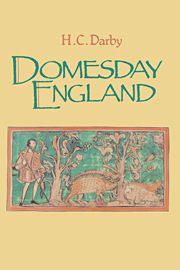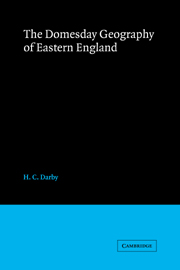2 results in Domesday Geography of England

Domesday England
-
- Published online:
- 05 June 2012
- Print publication:
- 17 February 1977

The Domesday Geography of Eastern England
-
- Published online:
- 05 November 2011
- Print publication:
- 27 January 1972

